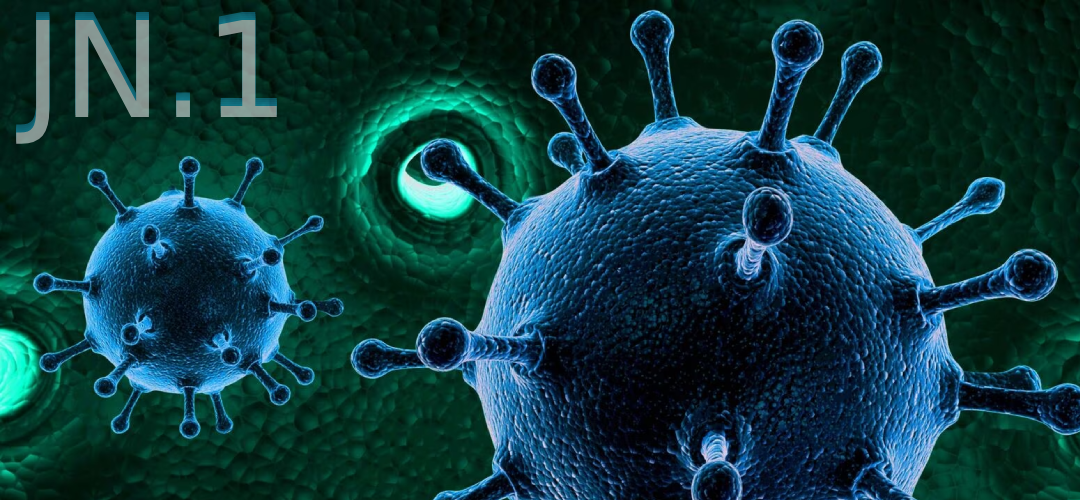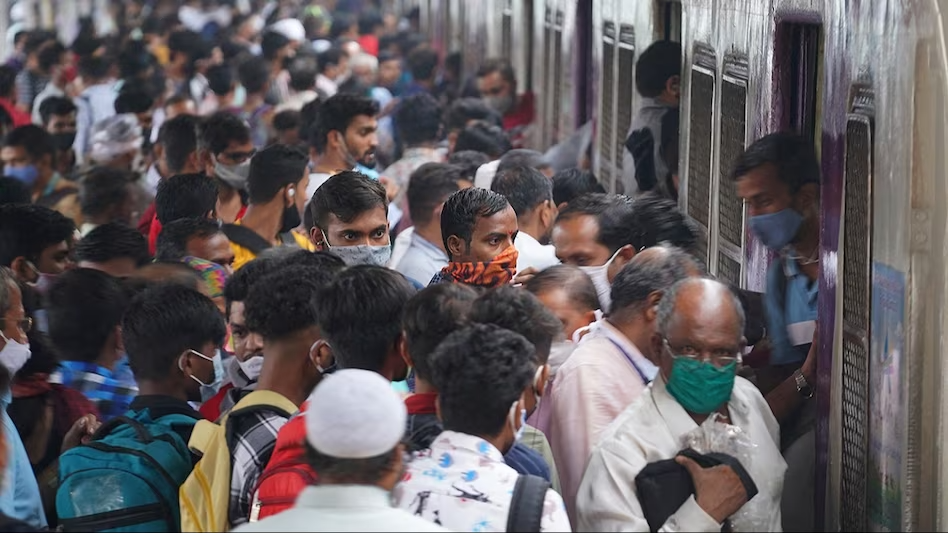A Serious Threat?
December 30, 2023 | Expert Insights

The recent emergence of the JN.1 subvariant of Omicron has cast a shadow of uncertainty over the pandemic's trajectory. While it's still too early to declare a new wave, JN.1's rapid rise has rightfully sparked concern. Previously nestled within the BA.2.86 lineage, JN.1 has quickly outgrown its parent, becoming the dominant descendent.
This rapid increase in prevalence, evident in its growing share of reported cases globally, has prompted the World Health Organization (WHO) to classify it as a separate "variant of interest" (VOI).
Understanding The JN.1 Variant
As of December 27, 2023, JN.1 cases have been reported in over 30 countries around the world, with the largest concentrations observed in the United States, India, and the United Kingdom.
While the global case count remains relatively low compared to previous surges, JN.1's rapid growth is a cause for concern. Its grip is particularly tight in the United States and the United Kingdom, where it accounts for 15-29 per cent and 10-15 per cent of new cases, respectively. Meanwhile, China and Singapore have also reported smaller clusters of JN.1 cases, adding to the global picture of its expanding reach. This geographical distribution underscores the need for international collaboration and vigilance in tracking and tackling this evolving variant.
With its vast population and complex epidemiological dynamics, India presents a unique picture. As of December 26, 2023, India has reported around 69 confirmed cases of JN.1, primarily concentrated in Goa and Kerala. This number, though seemingly small compared to the overall COVID-19 caseload, warrants close monitoring due to JN.1's rapid growth potential. It's crucial to remember that JN.1 emerges amidst a backdrop of ongoing COVID-19 activity in India. As of December 26, 2023, India has over 4,174 active COVID-19 cases, highlighting the need for continued vigilance against the virus, including emerging variants like JN.1.

Analysis
While JN.1's rapid spread across the globe has ignited concerns about a potential new wave, the lack of conclusive data on its actual impact paints an ambiguous picture. Let's delve deeper into this variant's unknowns, exploring what we know and what remains shrouded in mystery. Initial studies from Belgium and Singapore offer a glimmer of hope, suggesting no significant difference in hospitalisation rates compared to other Omicron subvariants. However, these studies are limited in scope and size, leaving the question of JN.1's true severity largely unanswered.
JN.1's ability to spread quickly is undeniable. Its exponential growth in many countries is a testament to its high transmissibility. This rapid spread raises concerns about potential surges in cases, even if the severity remains muted.
Whether JN.1 can evade existing immunity from previous infections or vaccinations remains a pressing question. While some studies suggest a potential for immune escape, the extent and effectiveness of this evasion are still unclear. Understanding this aspect is crucial for assessing the variant's ability to re-infect individuals and potentially overwhelm healthcare systems.
Indian Scenario
The current number of JN.1 cases in India is still small, making it difficult to draw definitive conclusions about its potential impact. Initial reports from states like Kerala haven't indicated any significant increase in hospitalisation or severe cases associated with JN.1. The Indian government has stepped up surveillance and genomic sequencing efforts to track the spread of the variant and monitor its evolution.
While the rapid spread of JN.1 warrants close monitoring, avoiding unnecessary panic is important. The available data suggests that the variant might not pose a significant threat, especially considering India's high vaccination coverage and prior exposure to Omicron subvariants. While the immediate health impact of JN.1 remains uncertain, its potential economic implications have also sparked discussions. Experts predict various scenarios depending on the trajectory of the outbreak:
If JN.1 remains a mild outbreak, economists like Devendra Kumar Pant of India Ratings & Research foresee minimal disruption to economic activities. Unlike the national lockdown of the first wave or state-imposed restrictions during the second wave, the Omicron surge saw no nationwide lockdowns, suggesting a potentially similar approach if JN.1 doesn't pose extreme risks. While the December 20th market dip was attributed to multiple factors, including rising COVID-19 cases, quick recovery indicates investor resilience. Analysts believe the market may react with caution but avoid significant corrections if hospitalisations remain low. Investment Managers emphasise the need for continuous monitoring to assess the variant's spread and fatality rate, which will ultimately determine market nervousness. They highlight India's improved preparedness to tackle outbreaks compared to the past, providing some market reassurance.
Assessment
- If the spread intensifies, contact-intensive industries like travel, hospitality, and entertainment will likely face challenges. However, most travel and tourism businesses report ongoing bookings despite the case rise, suggesting potential consumer confidence. The economic impact of JN.1 appears uncertain, dependent on the variant's trajectory and the government's response.
- Most of the Companies in India demonstrate preparedness with existing hybrid work structures, safety protocols, and revamped office layouts to maintain social distancing. This adaptability bodes well for managing potential disruptions.
- Despite the uncertainties, India's experience managing previous waves and high vaccination coverage offer a foundation for cautious optimism. However, continued vigilance and data collection are essential.








Comments